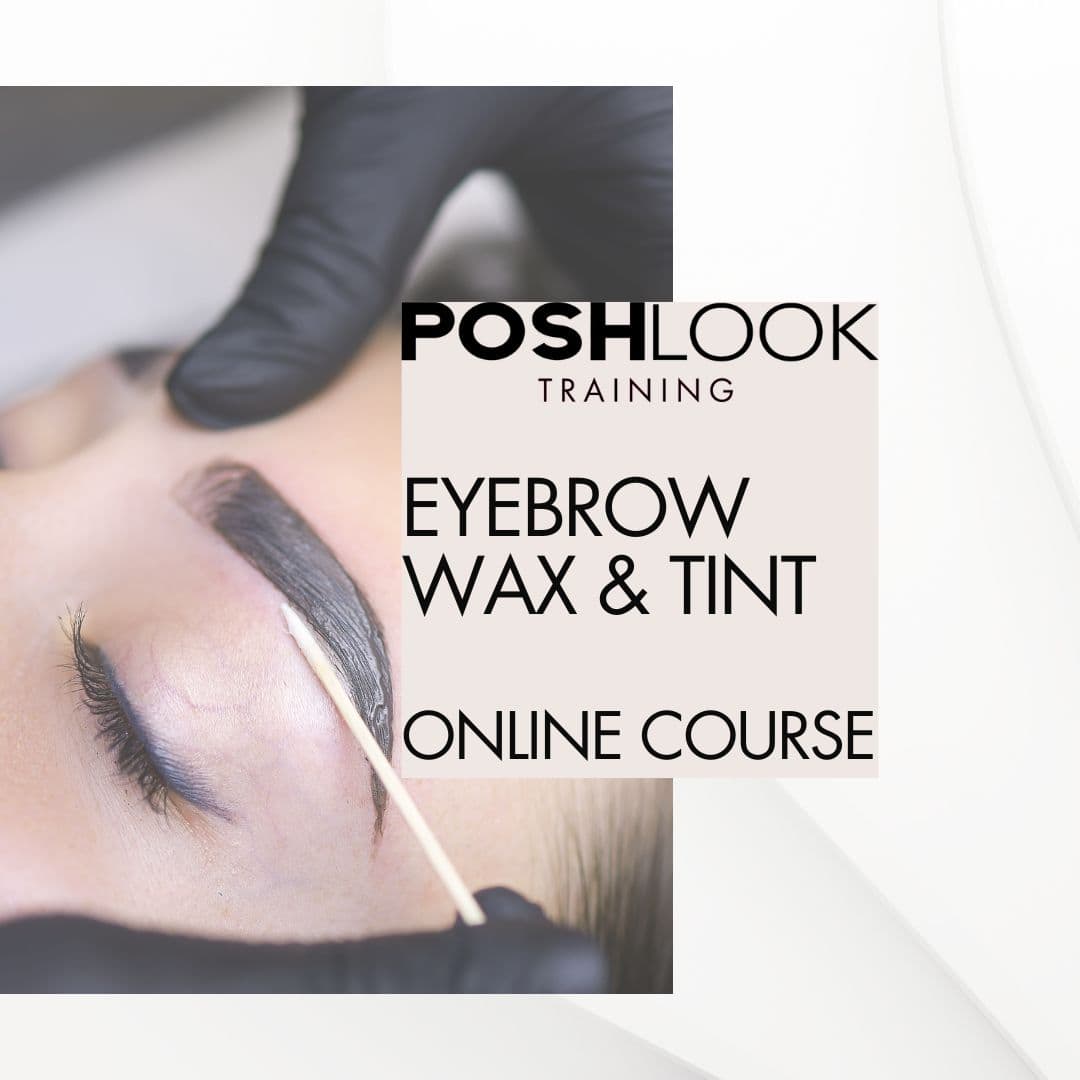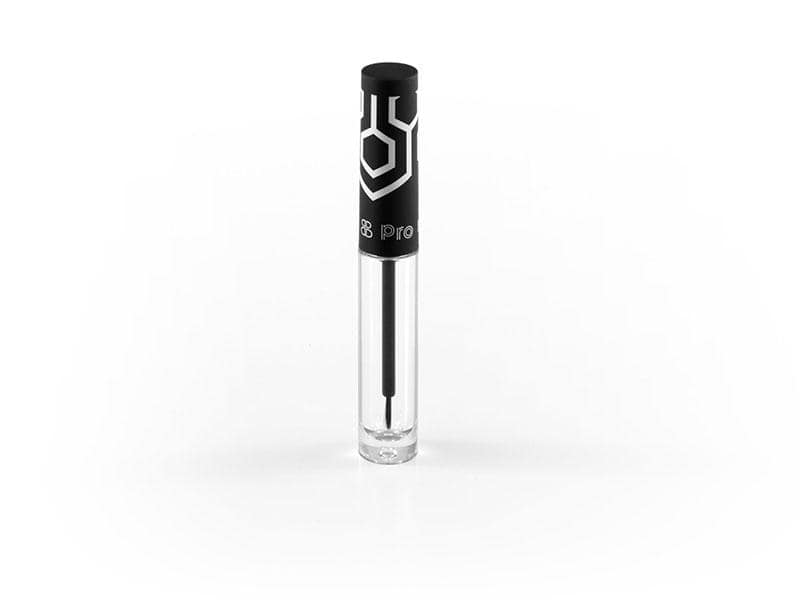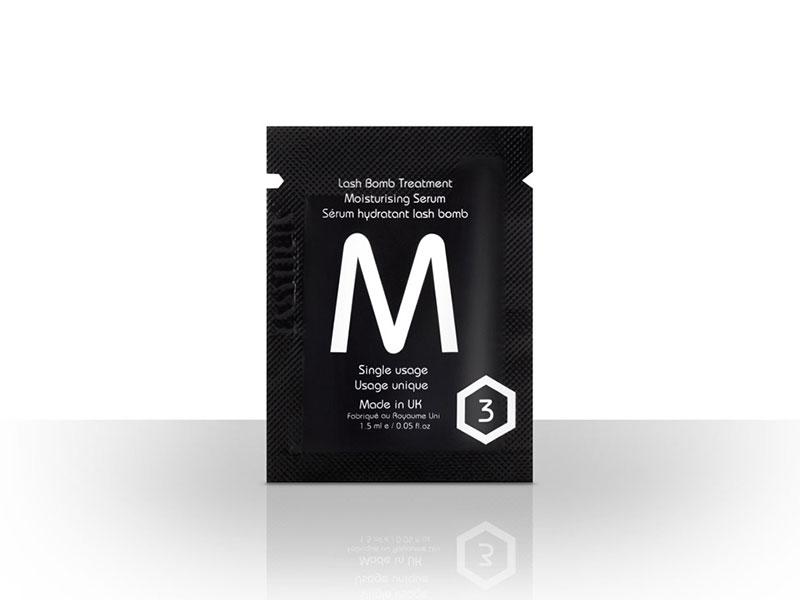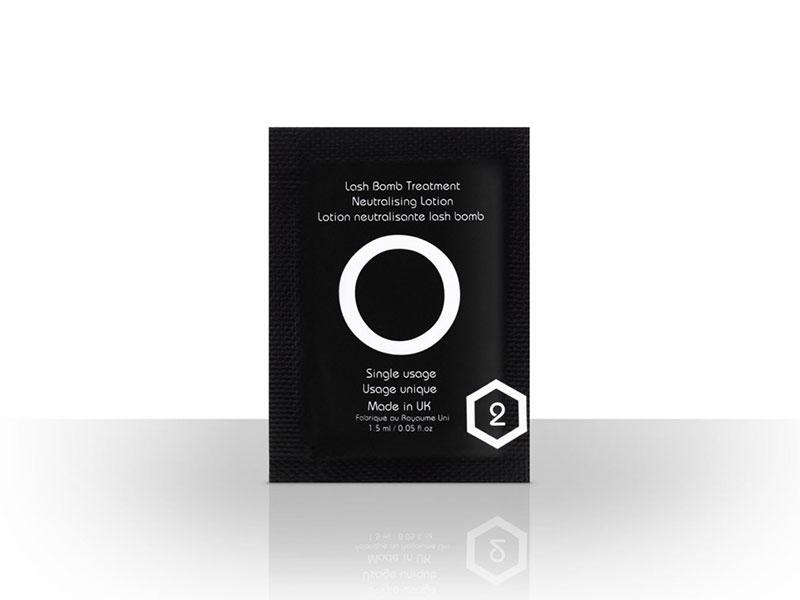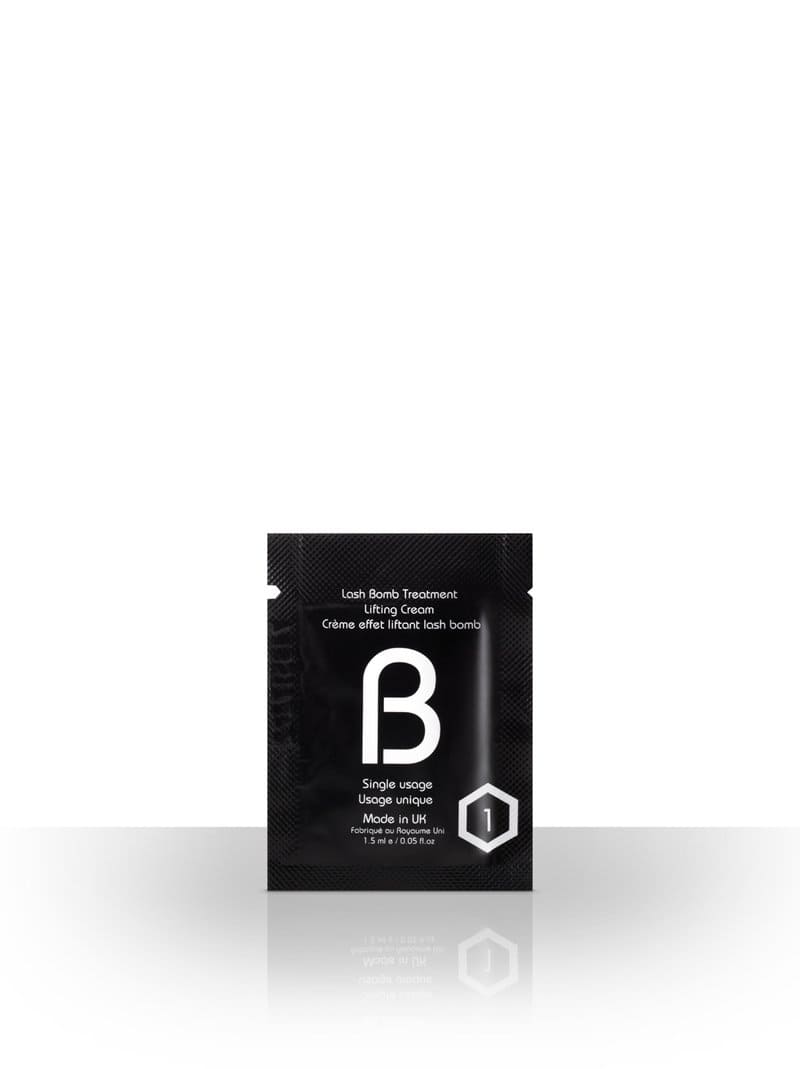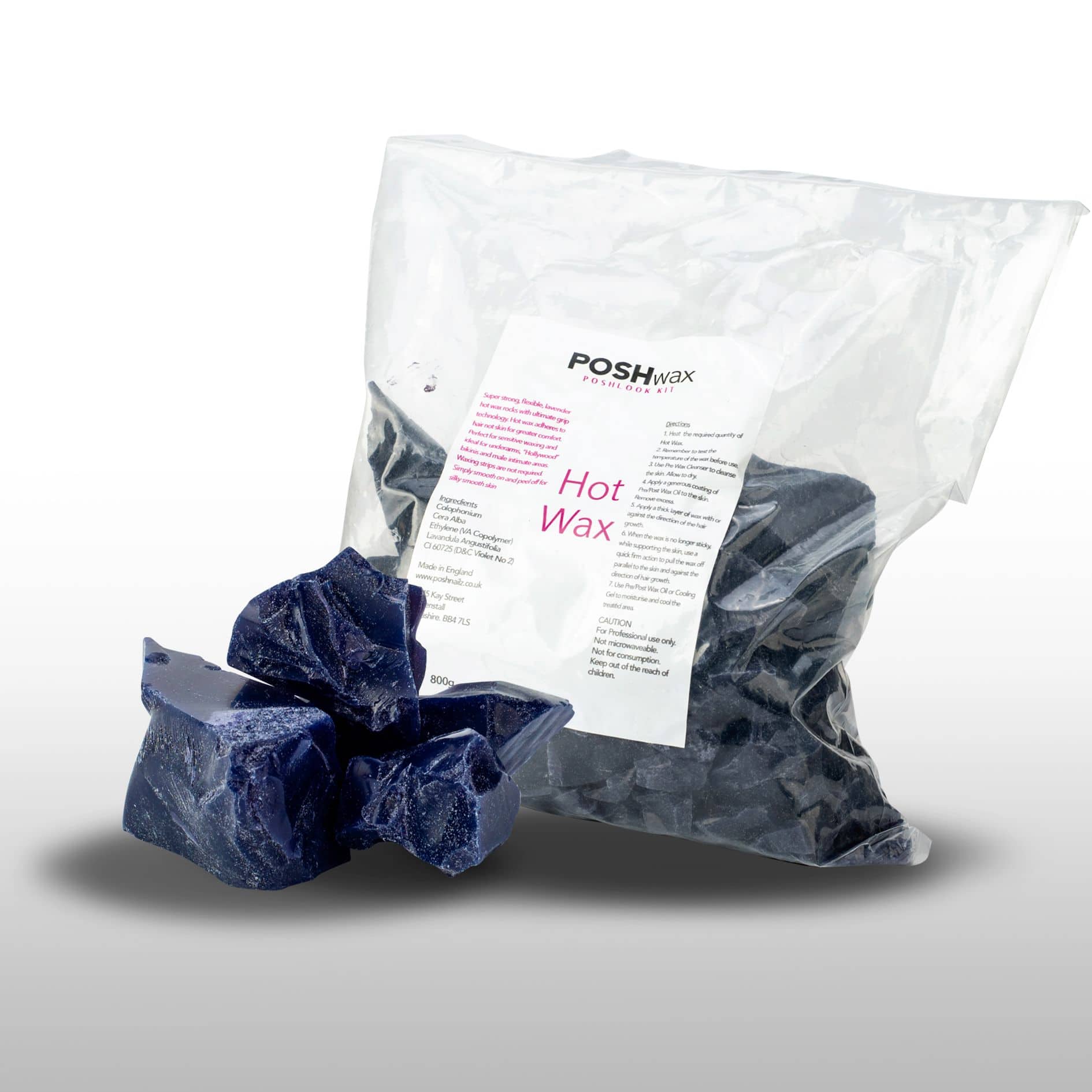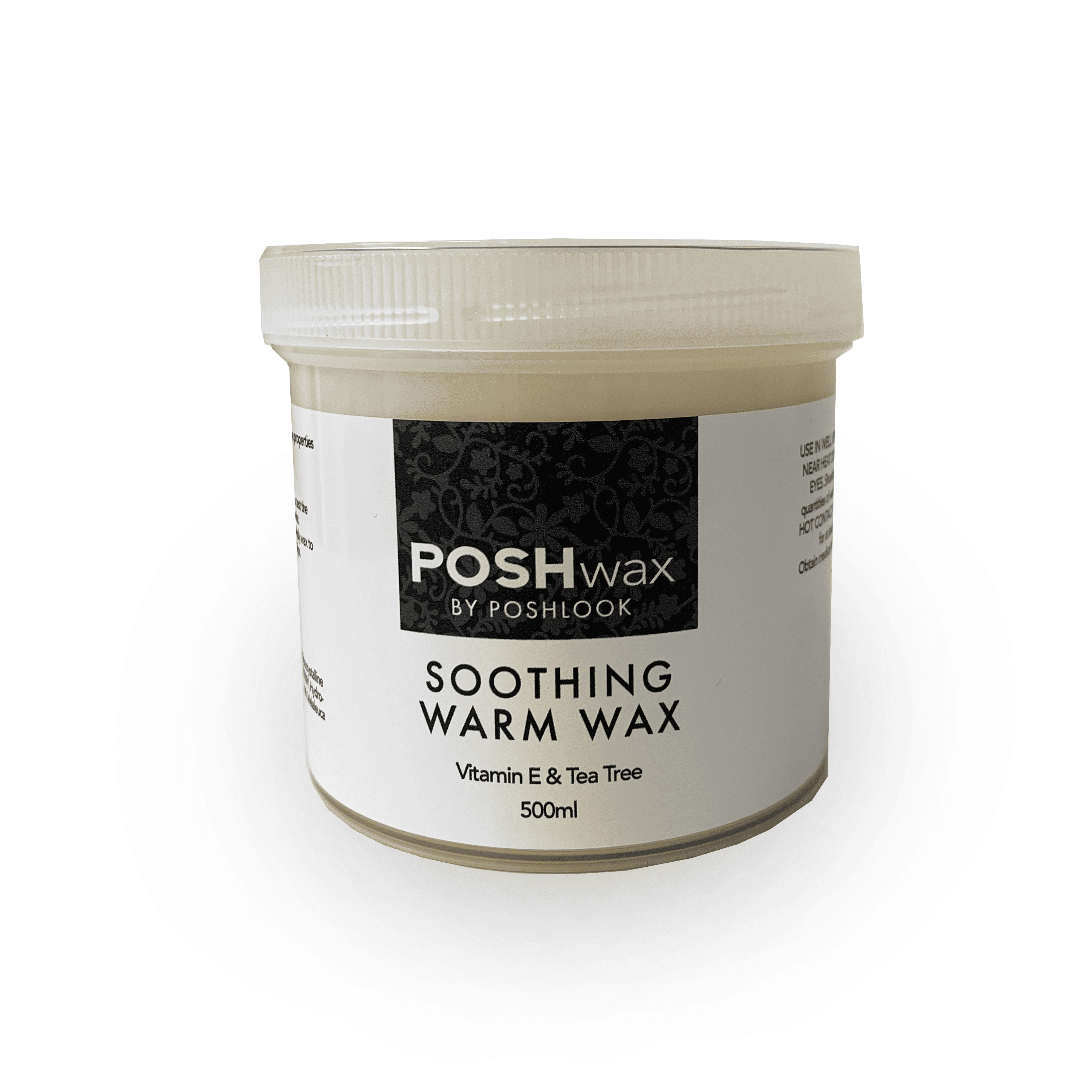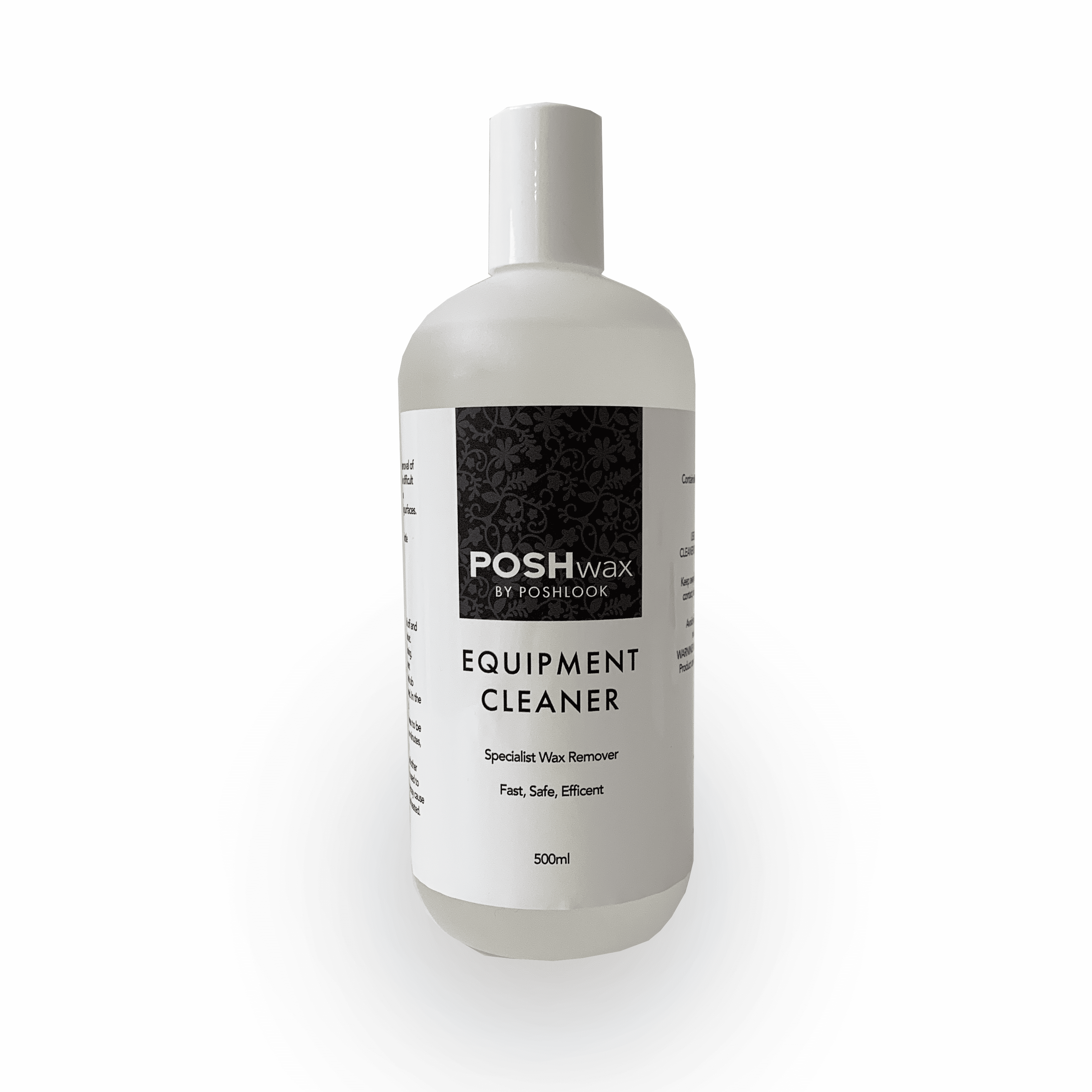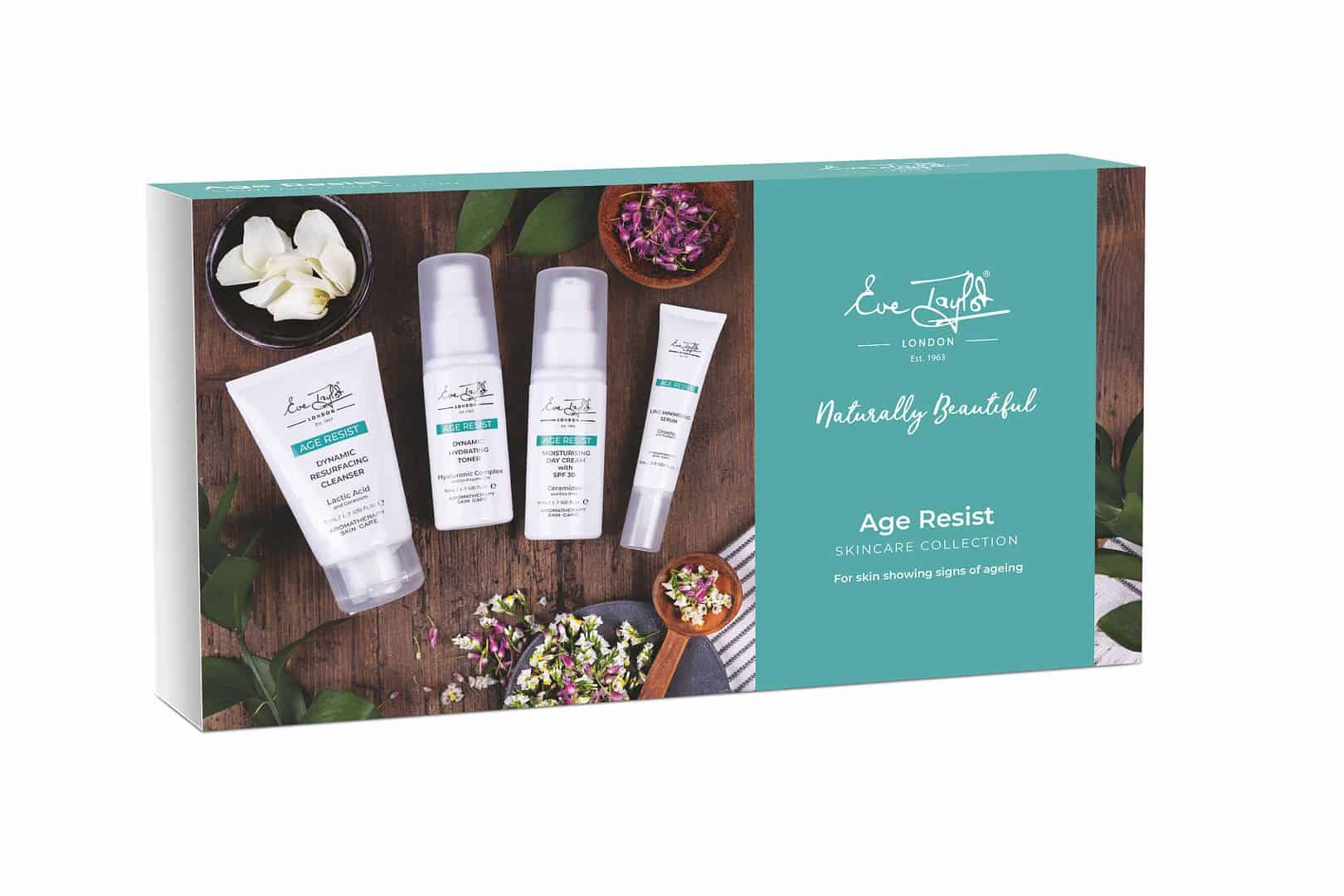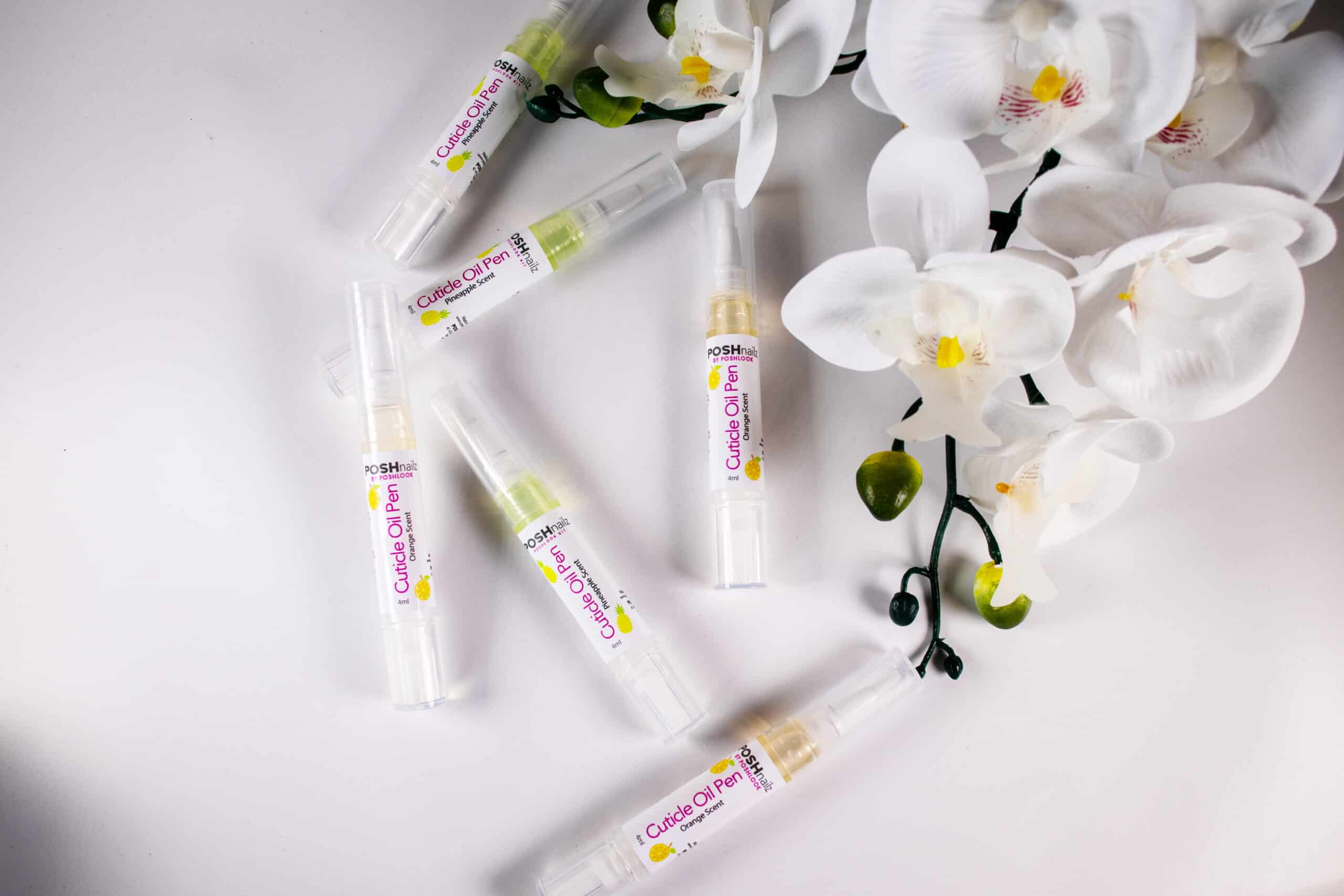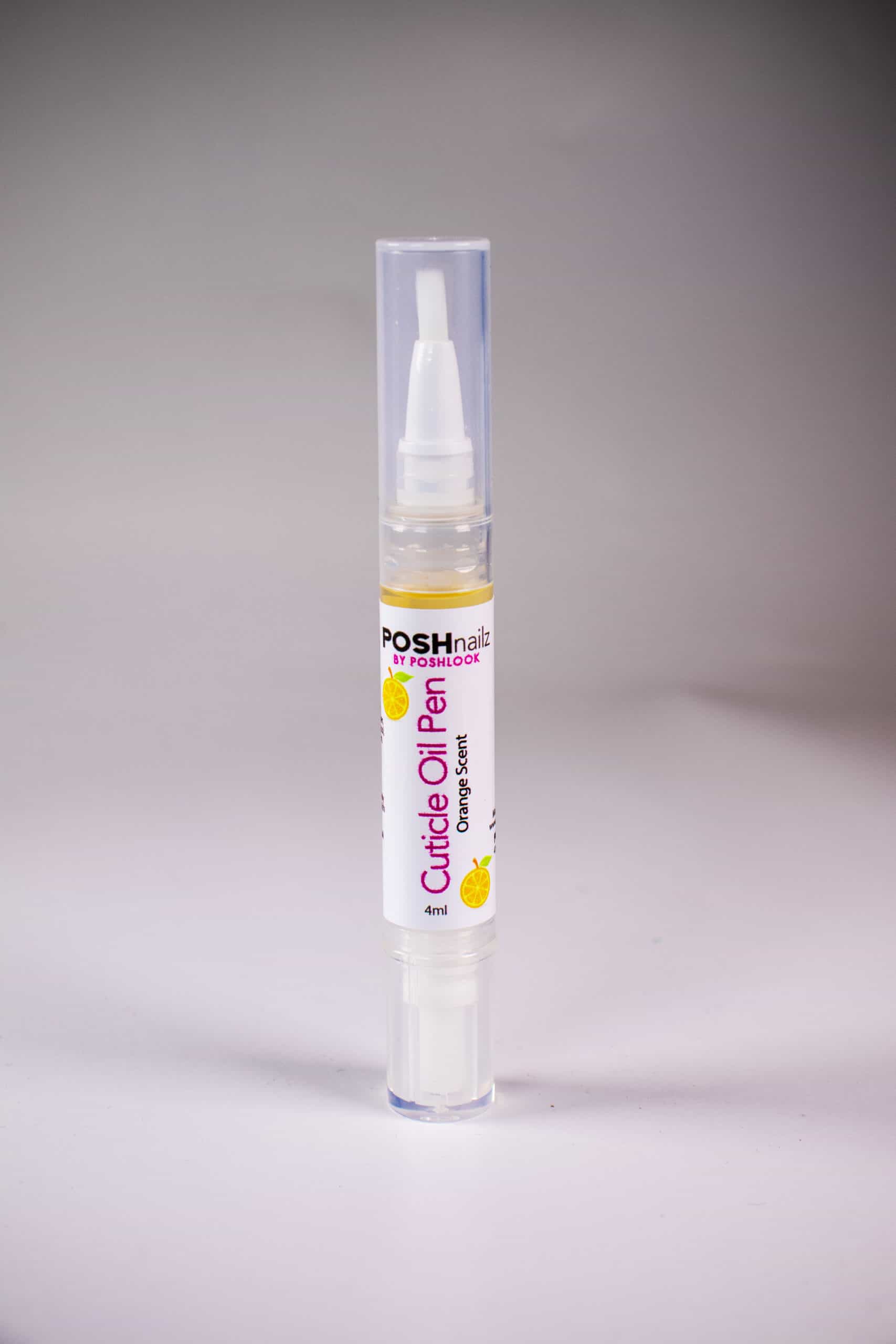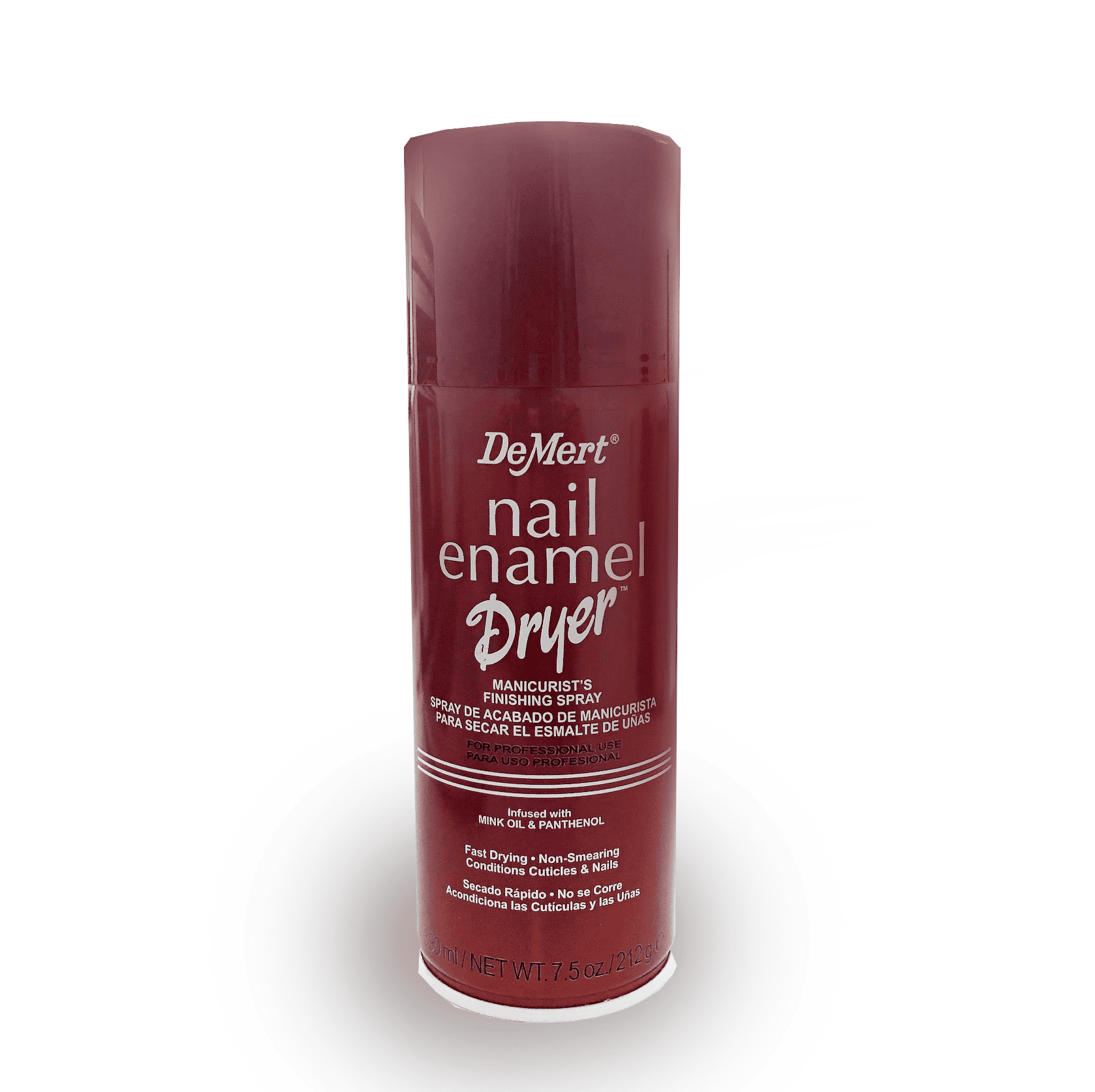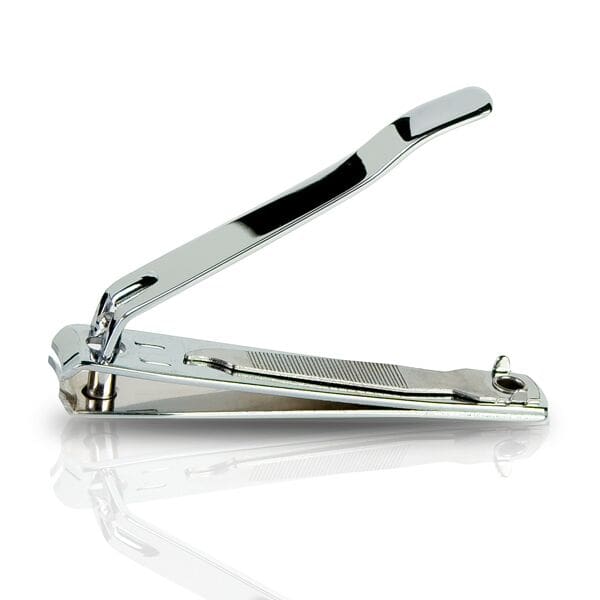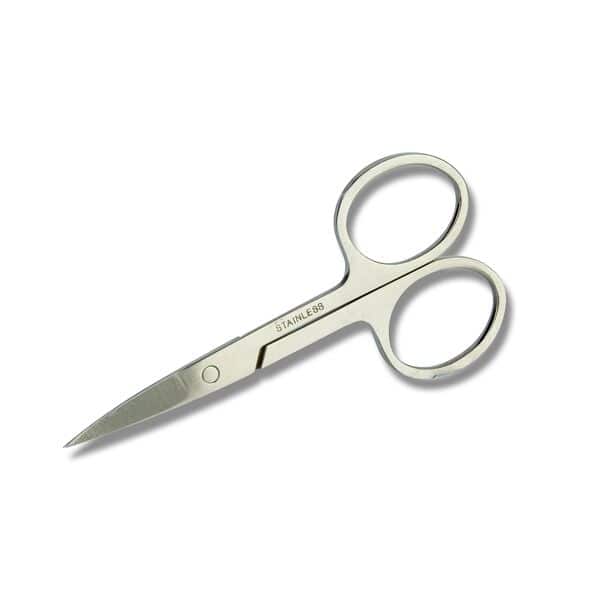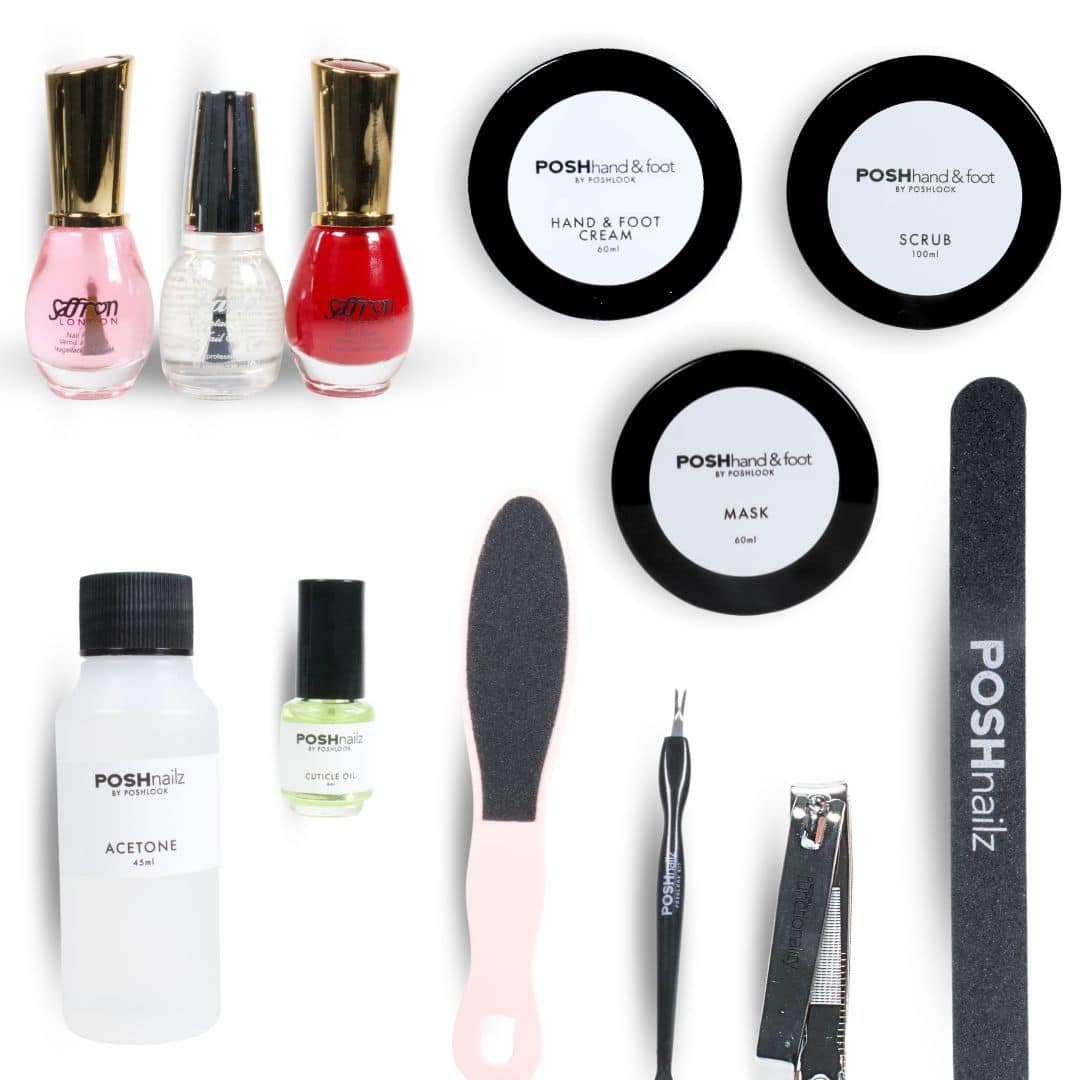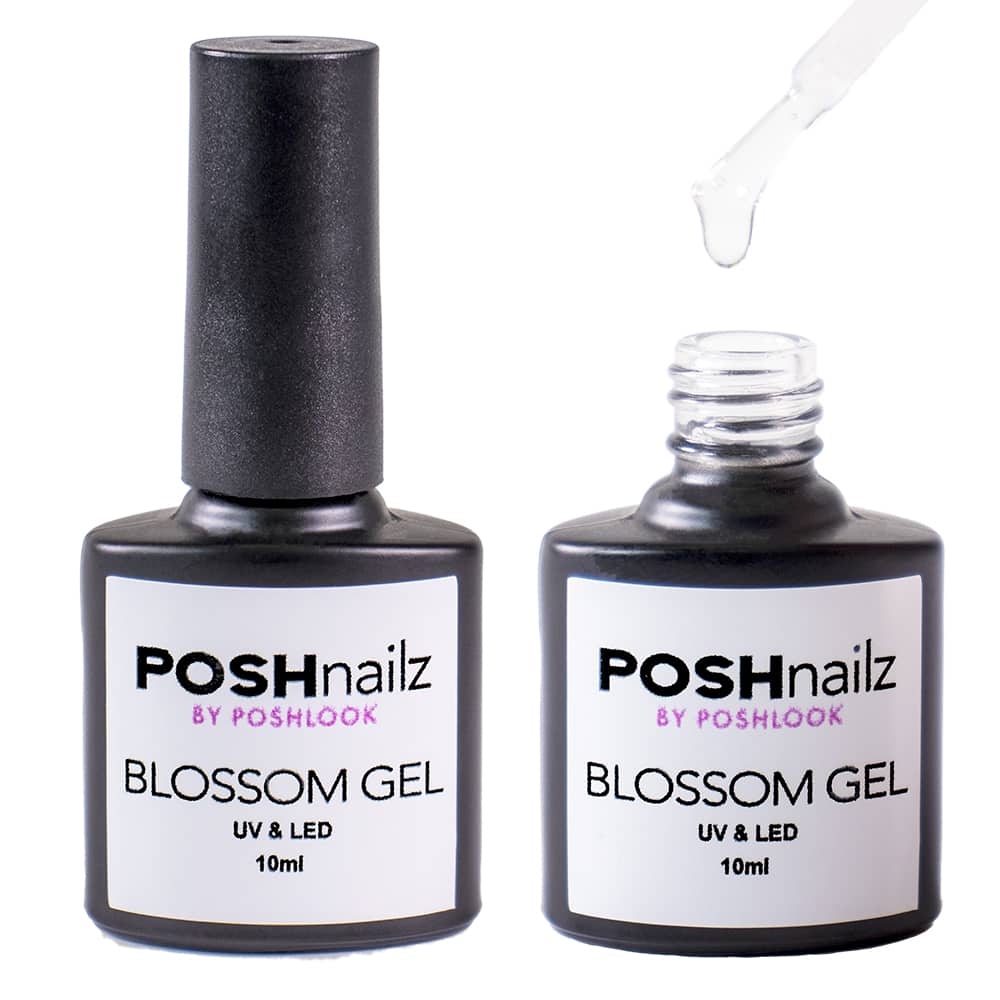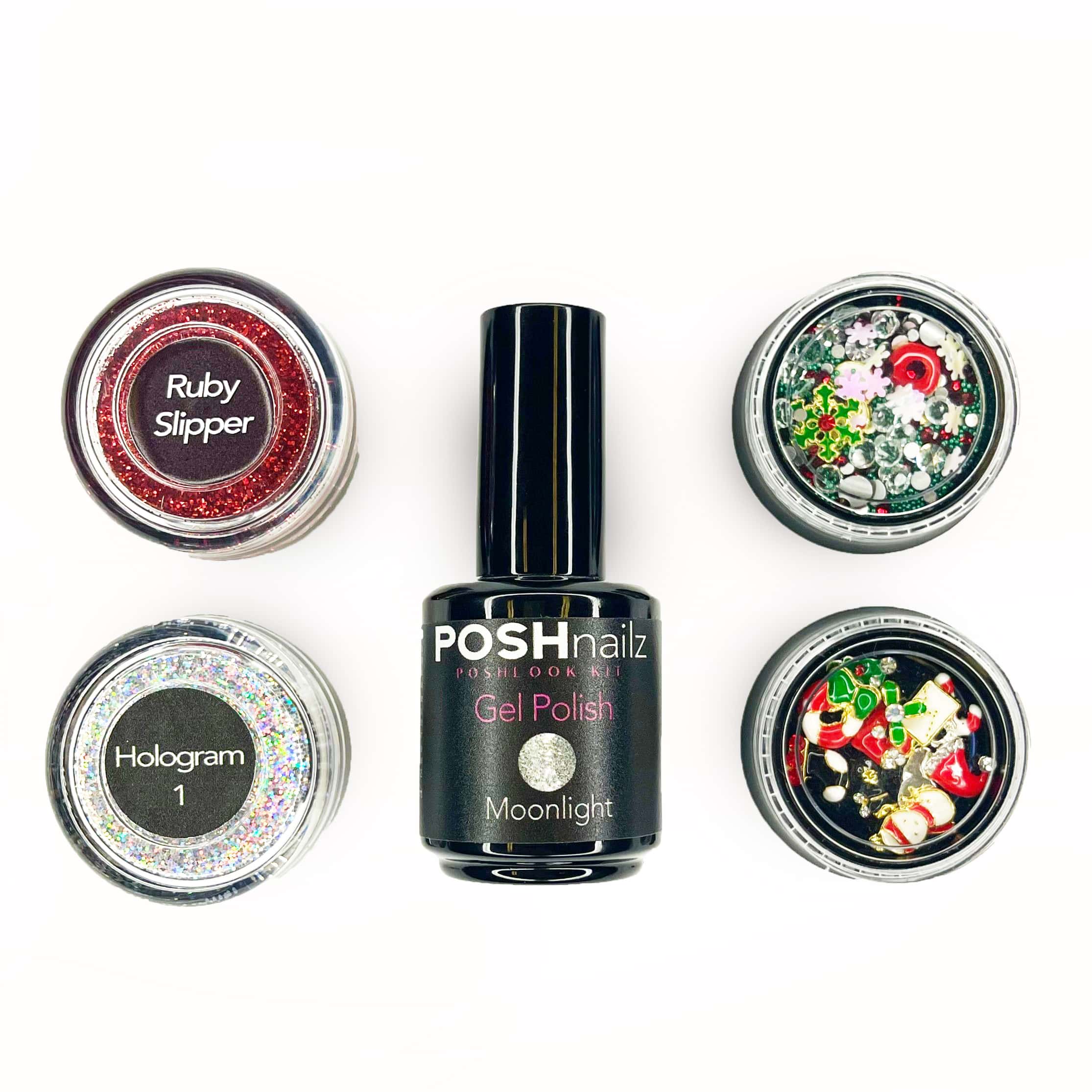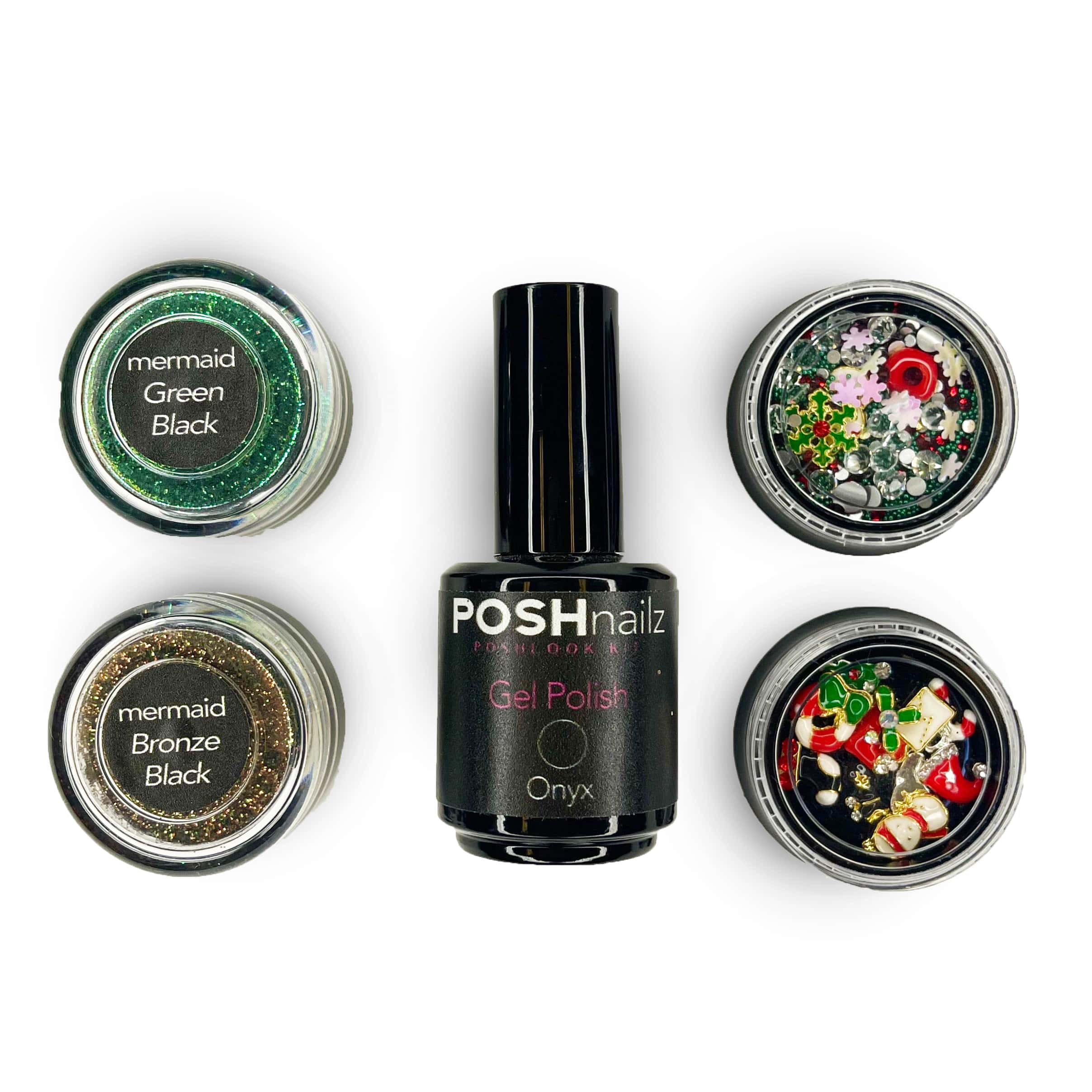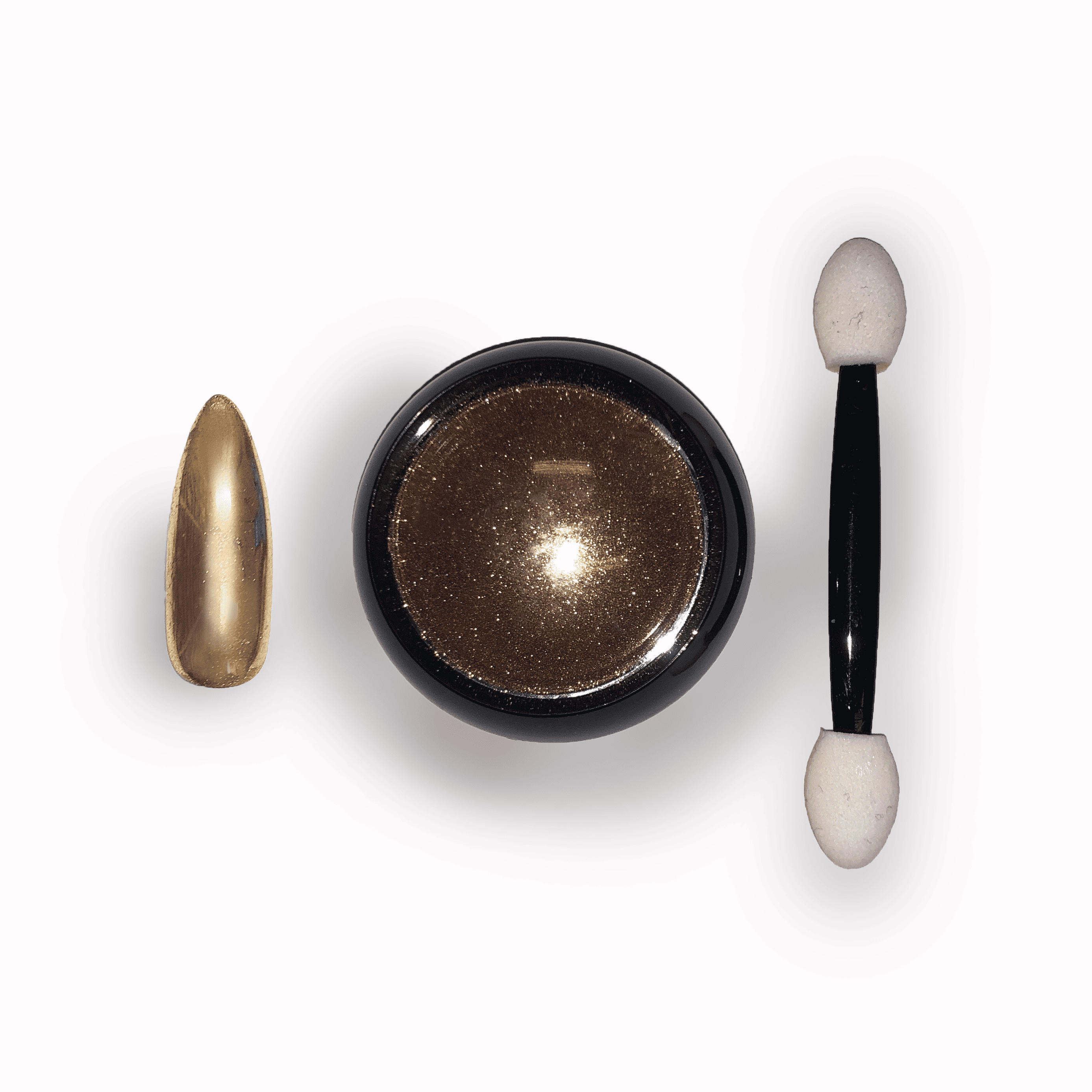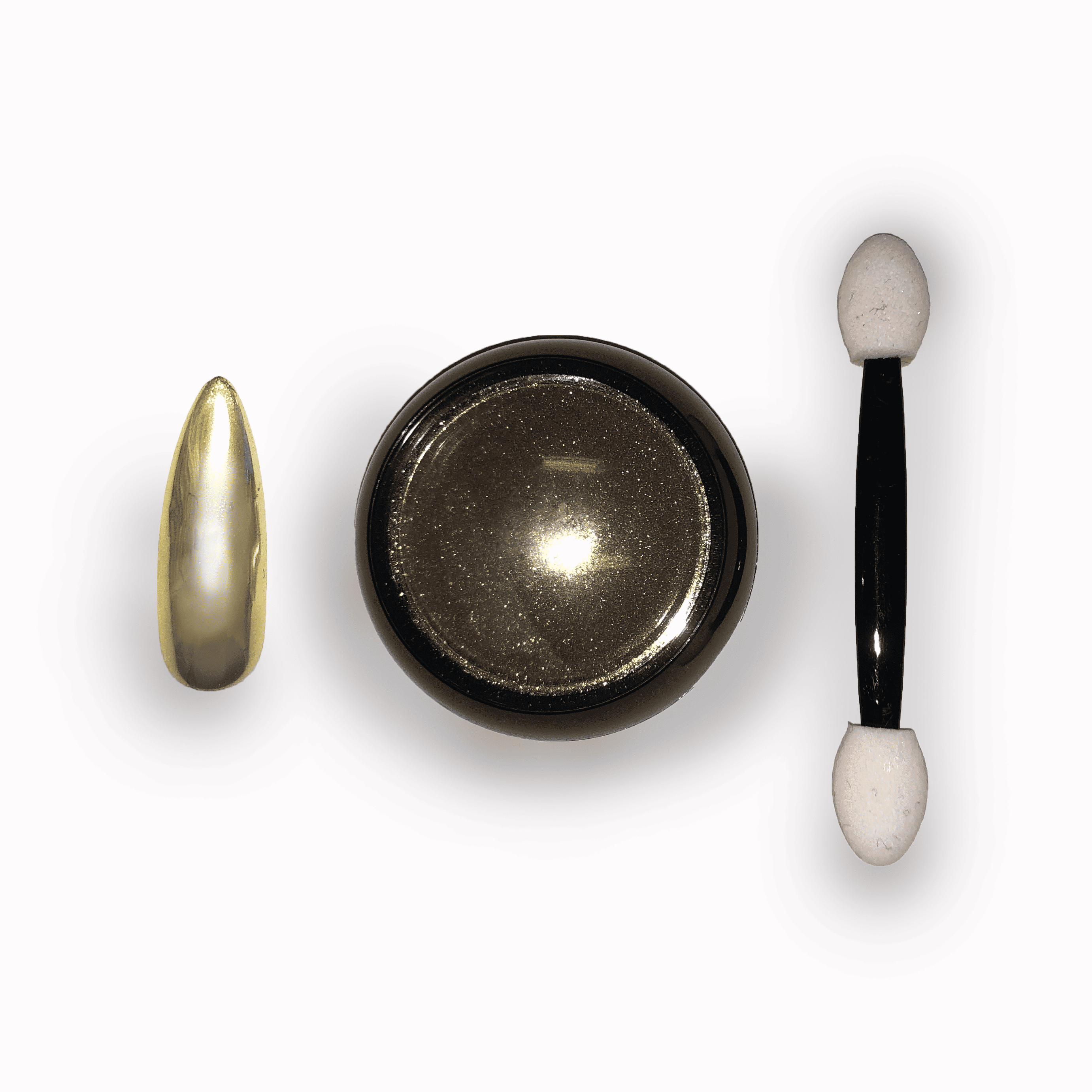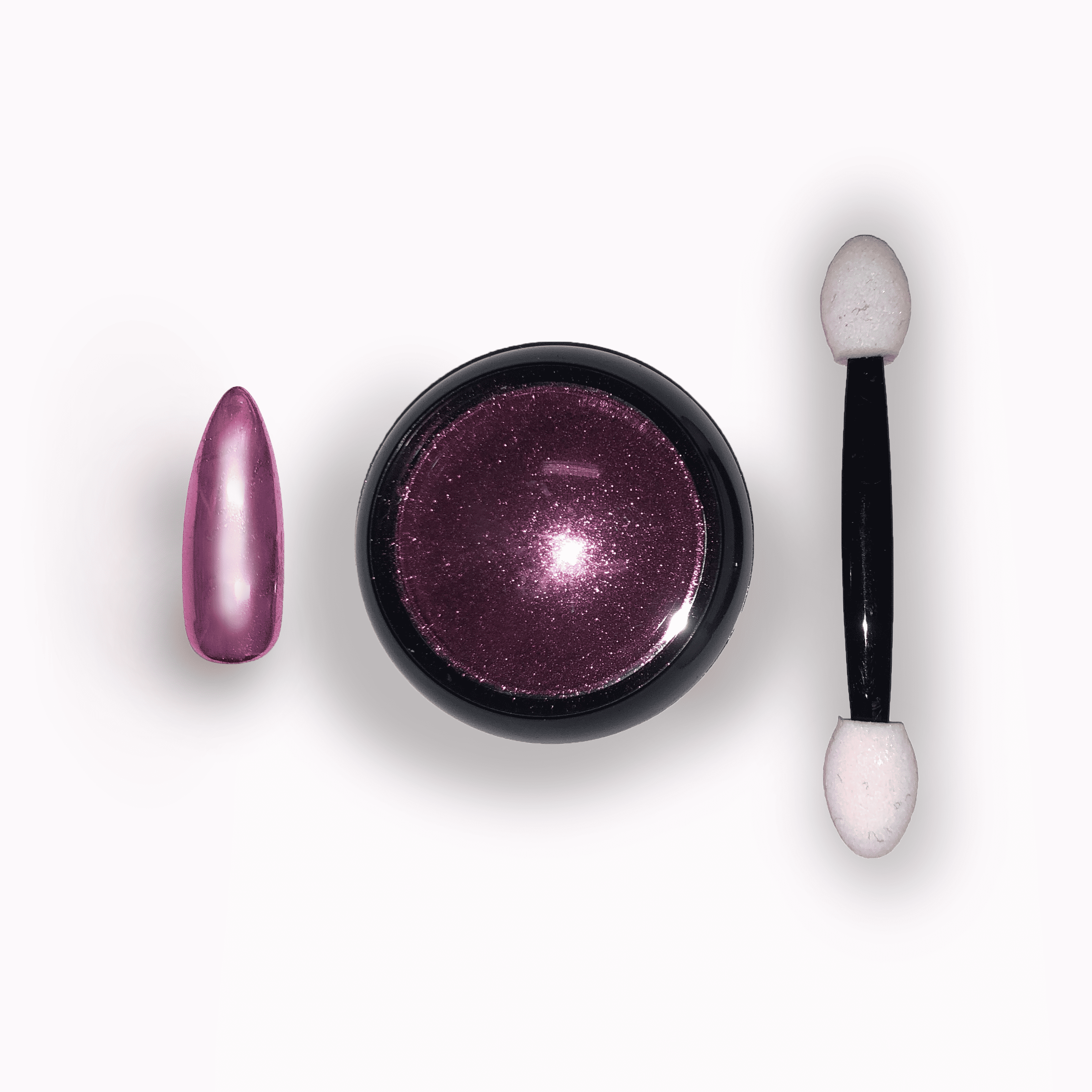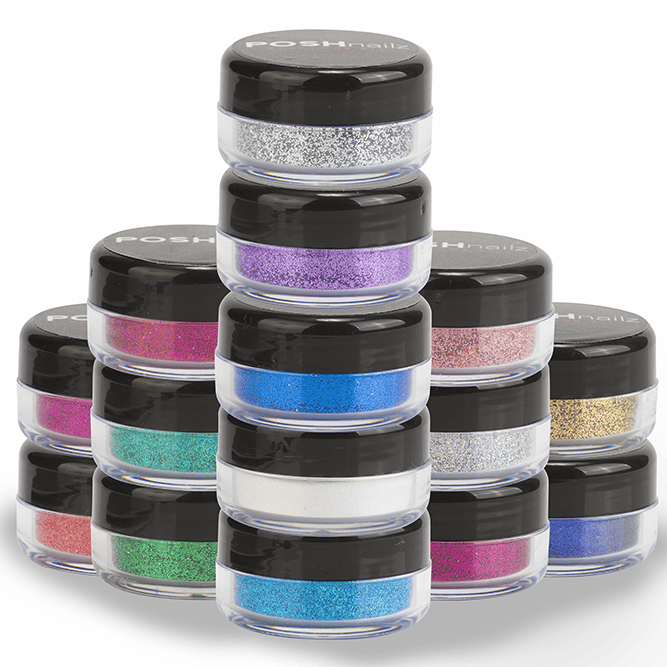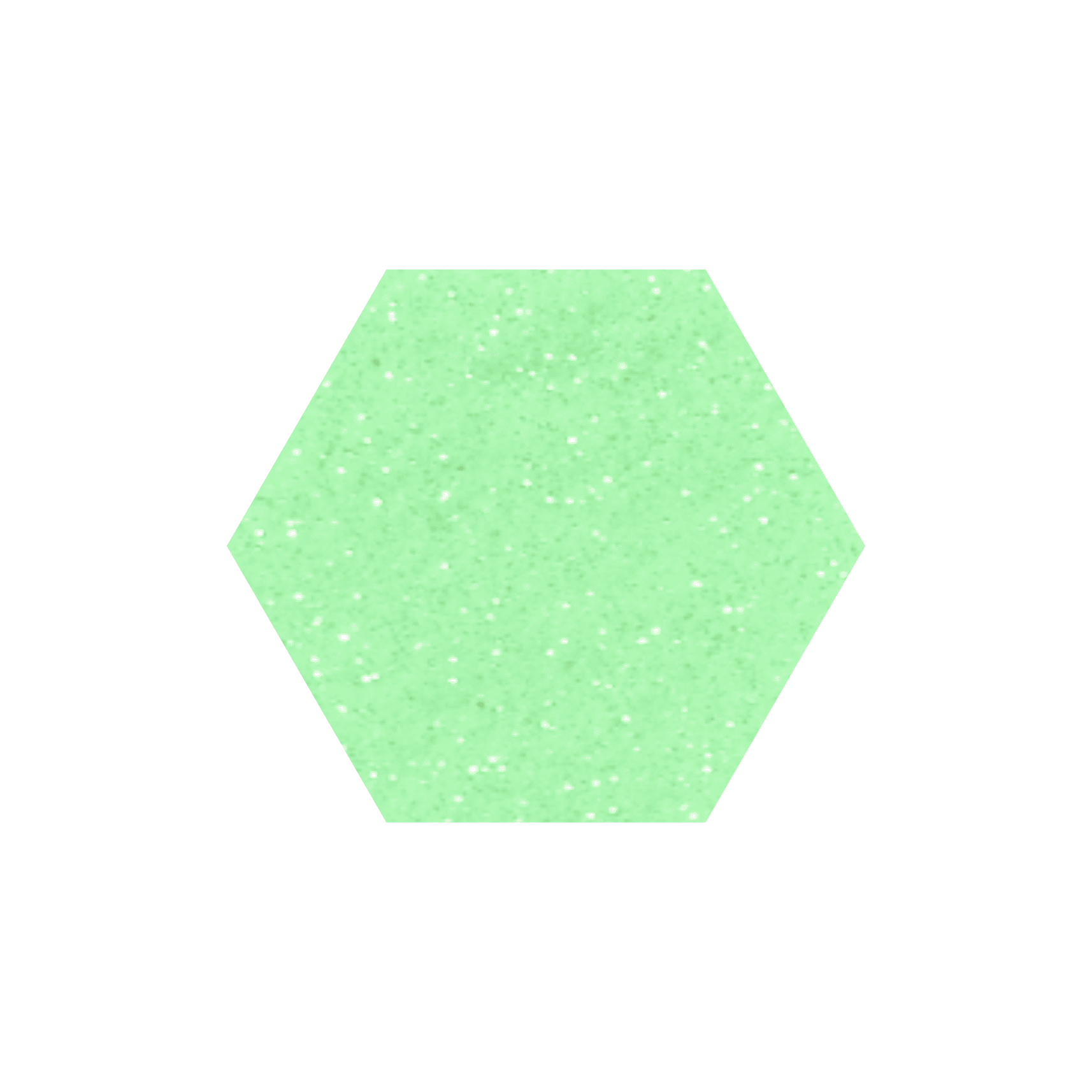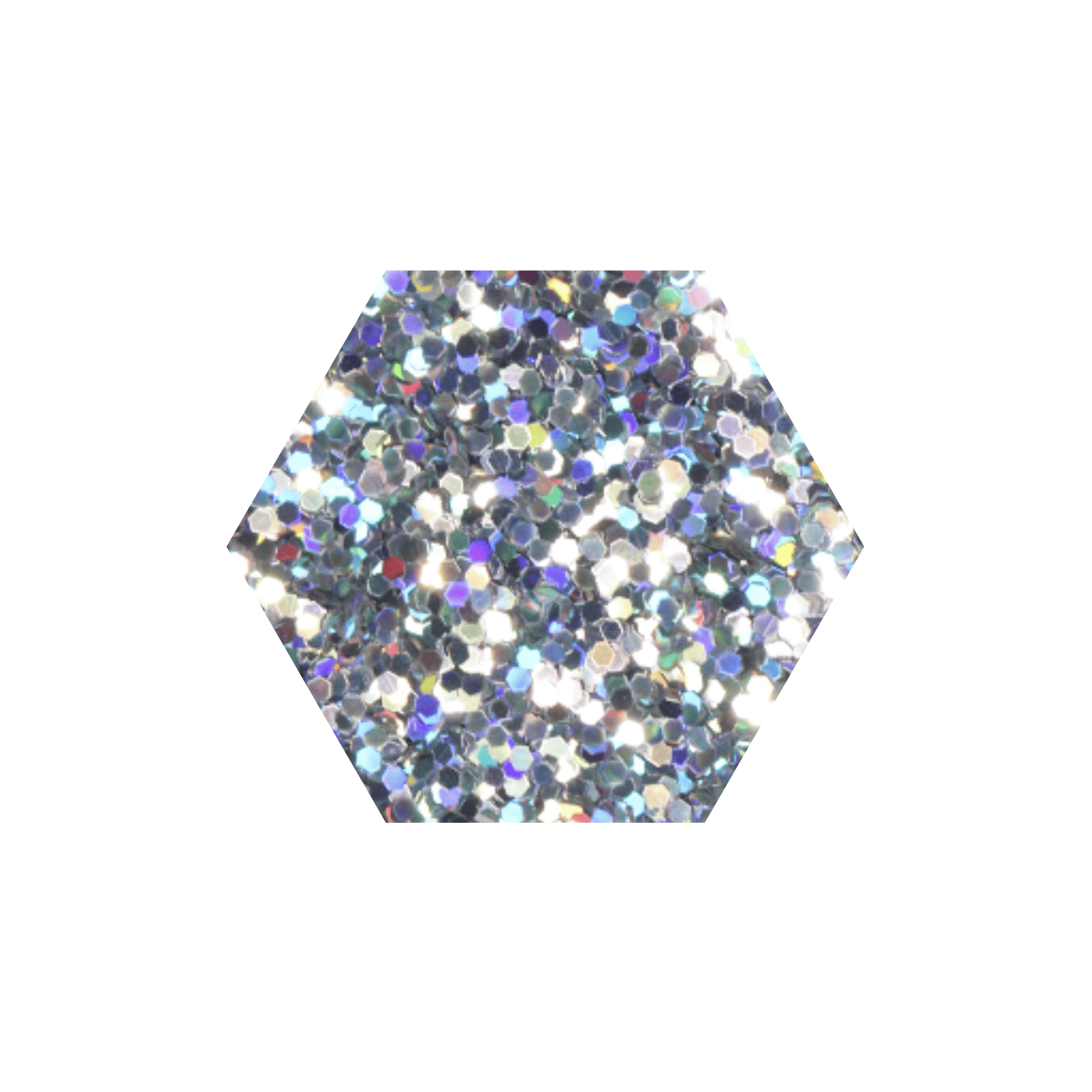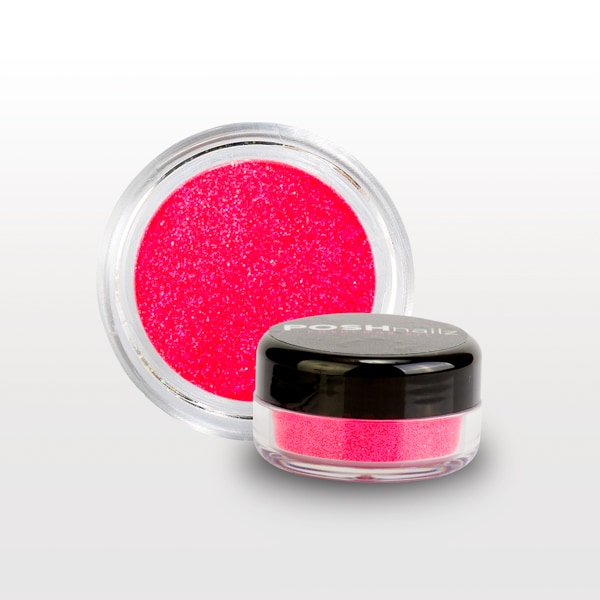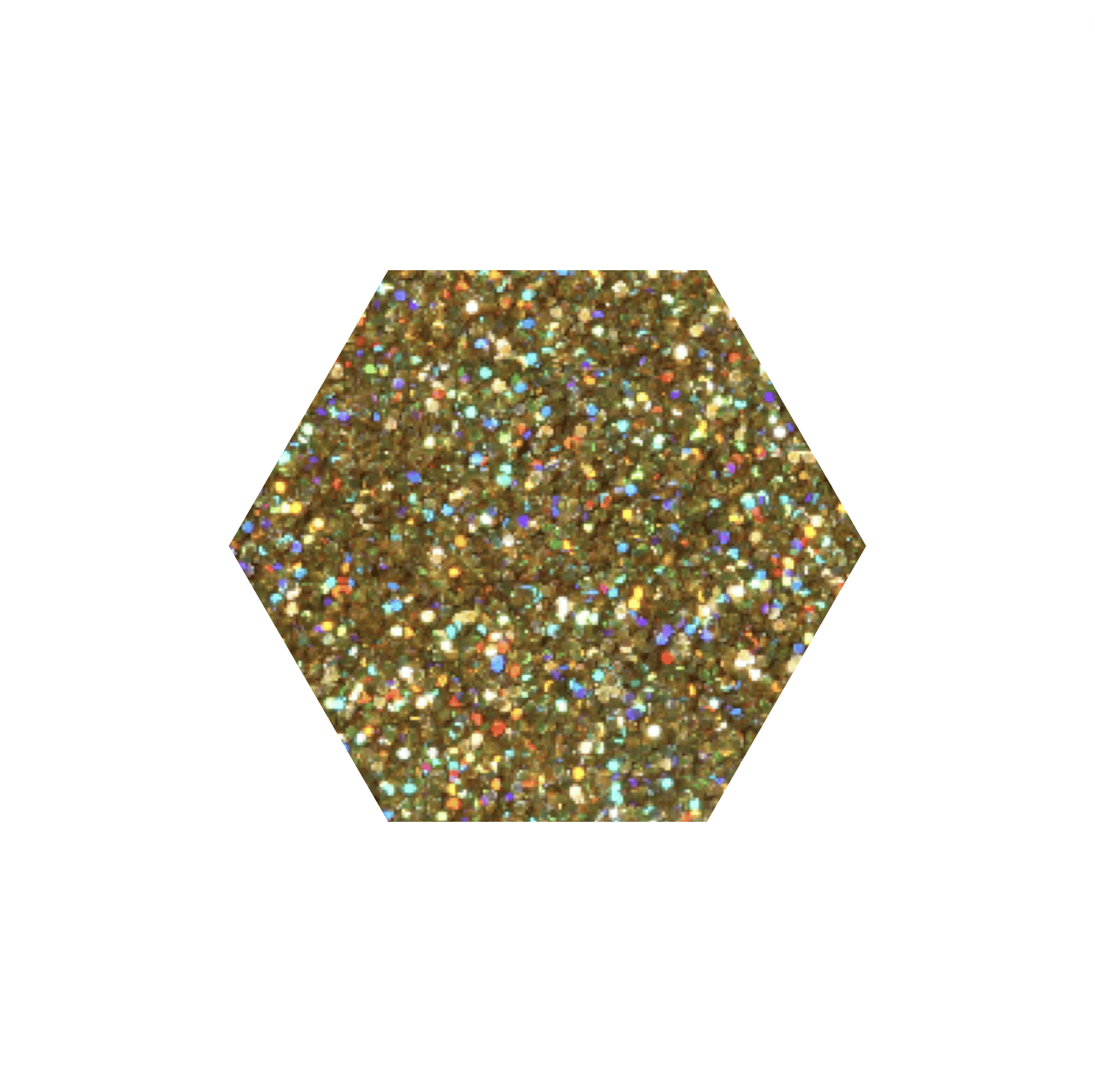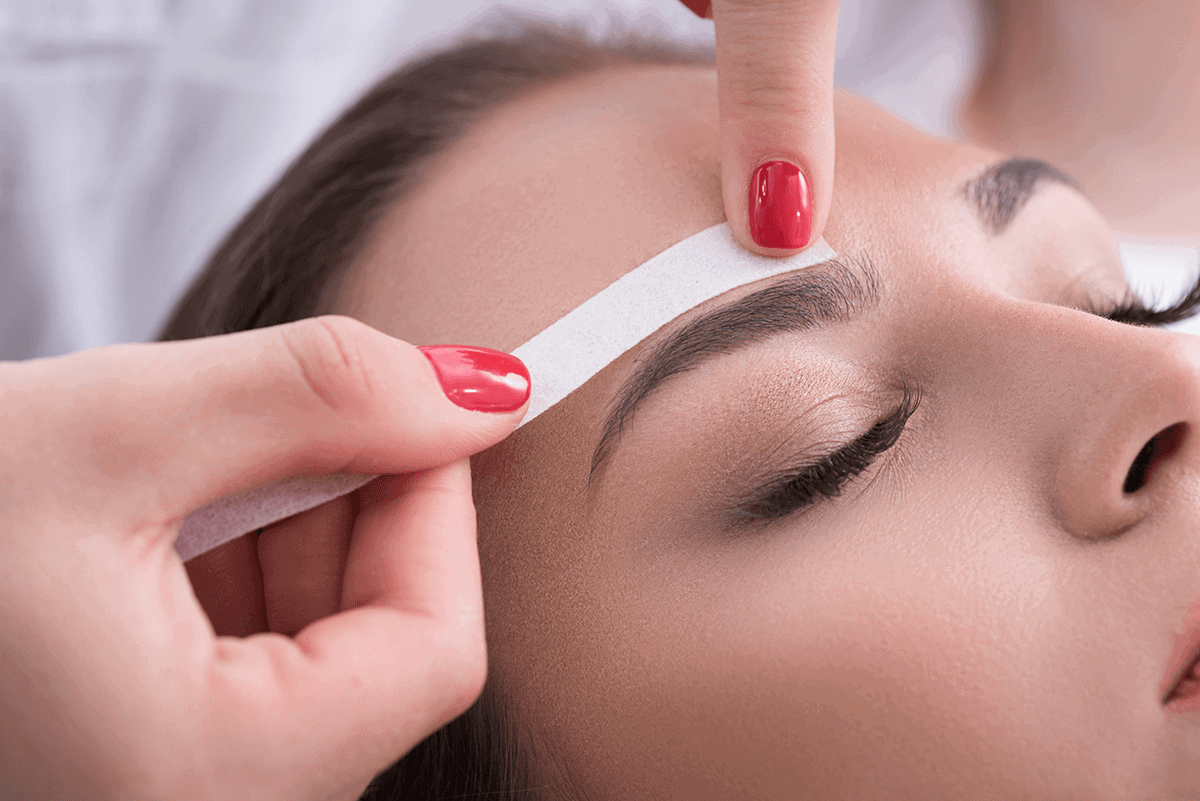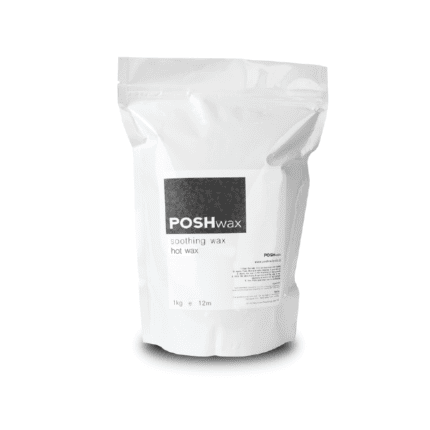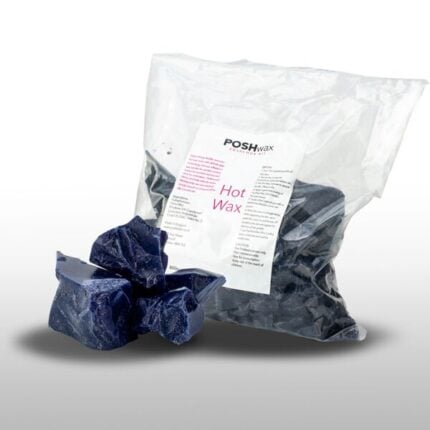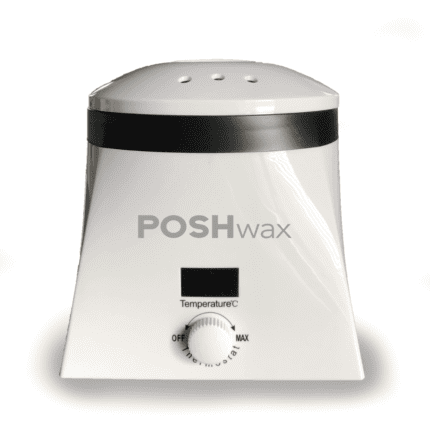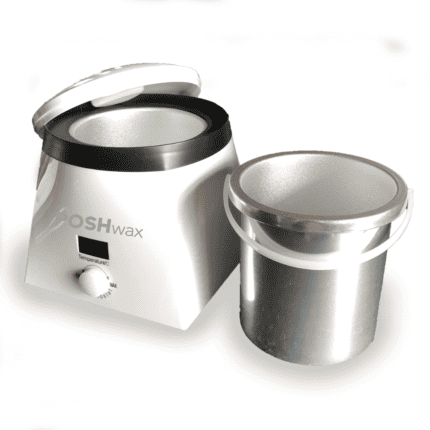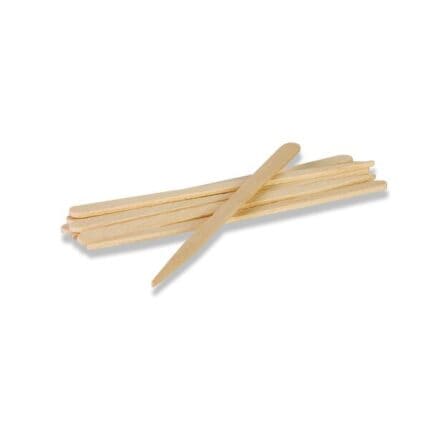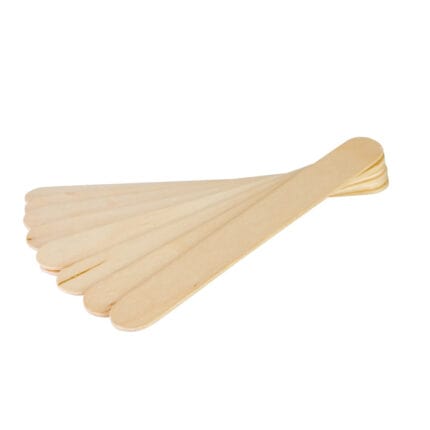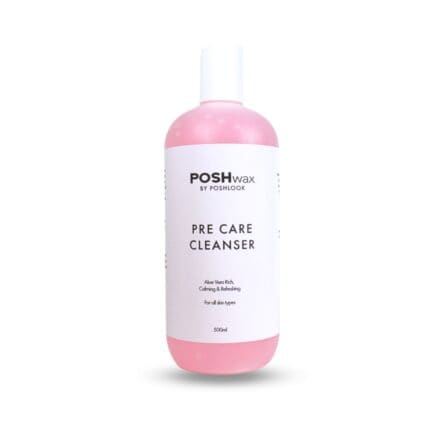[vc_row][vc_column][vc_column_text]
These days it’s not uncommon for women and men alike to brave the wax and go hair-free. We’re talking legs, arms backs even ears – everybody wants to be silky smooth, meaning it’s never been a better time to enter the world of waxing.
Is It the Right Job for You?
If you’re considering becoming a professional waxer, there are a few things to think about, including wax types, the different techniques involved and where people want to be waxed. If you can’t handle getting into the nooks and crannies of people’s hairy parts, then this may not be the route for you!
While some waxing procedures are less intimate than others, it’s important to make your client feel at ease every time, because they may still be scared of the pain. Keep things light and chatty, reassuring your client that you’re a professional, as nobody feels comfortable getting undressed in front of a stranger.
Different Types of Wax
[/vc_column_text][vc_single_image image=”3316″ img_size=”full” alignment=”center”][vc_column_text]There are multiple types of wax which are applied with different waxing techniques, so it’s essential to understand the difference between them and when they should be used.
Soft Wax
Use soft wax on larger areas of the body, such as the legs as it’s easier to spread out. Apply the wax with a wooden spatula in a thin layer, then pull it off with a thin strip of muslin or paper. The wax sets onto the skin as well as the hair, so it can be more painful during removal and cause bleeding on sensitive skin.
As a result, the same area can’t be waxed twice as this would cause serious irritation. The plus side of soft wax is that it removes fine hairs and is cheaper than hard or special waxes.
Hard Wax
Hard wax is heated up in a wax heater then applied with a spatula in a thicker layer than soft wax. Once the wax hardens, it’s ripped off with the hands in the opposite direction of hair growth.
This is used on smaller sensitive areas, such as the face and bikini line. Hard waxing techniques are less painful for the client as the wax only binds to the hair and not the skin. It’s also a cleaner job as it leaves no sticky residue.
Fruit Wax
Fruit wax works in the same way as hard wax, but it also has dermatological benefits as it’s rich in antioxidants. The downside of using fruit wax is that it’s more expensive, so salons don’t usually offer this treatment.
Chocolate Wax
Chocolate has many skin benefits due to the vitamins it contains. It’s useful for clients with sensitive skin as it reduces waxing irritation and moisturises the client’s skin. Like fruit wax, it’s also a more expensive alternative.
TOP TIP: Wax is always applied in the direction of hair growth, then removed in the opposite direction to pull out all of the hairs.
[/vc_column_text]
Hygiene
During a wax, it’s essential to sanitise your hands or wear gloves to avoid spreading germs.
After each session, wipe down the bed with an alcohol spray and sanitise all of the products that you used in the process.
An important rule that all waxers follow is: don’t double-dip! You should never dip the same spatula into wax twice because this will infect the whole pot with the client’s germs. As a result, every time the spatula touches the wax, it has to be thrown away to avoid contamination.
Waxing Preparation
Your waxing techniques will only be as good as your preparation.
Before starting any wax, you must have a client consultation. During the meeting, ask the client if they have sensitive skin or take medication as this can affect the quality and discomfort of the wax. If you want to attract clients with sensitive skin, offer chocolate or fruit wax, which cause less irritation. Either way, one of your aims should be to reduce the pain as much as possible and enhance your client’s comfort.
The client’s hair length should be between 1-4cm for an effective wax (two to three weeks of hair growth). If it’s too short, the wax won’t have enough hair to stick to, and if it’s too long, the wax can end up being patchy.
Cleanse the skin with warm water or a cleanser to rid the pores of any oils or dirt so that the wax can remove the hairs more effectively. Once cleaned, pat dry with a fresh towel and apply a pre-wax oil to moisturise and protect the skin.
The oil can also be applied after the wax to soothe and reduce redness, bumps and irritation. [/vc_column_text]
Different Styles of Wax
Face
Brows
The brows are shaped using hard wax for a precise finish. Before applying the wax, it’s wise to map out the eyebrows with a stencil or pencil marks, so you don’t overwax and end up with an unhappy client.
Carefully apply the heated wax in a precise line under the brow, using a small eyebrow spatula. Once set, remove the wax in a quick sharp motion making sure to pull the skin taut, so it doesn’t pull with the wax.
Upper lip
Upper lip waxing techniques are simple to learn.
The upper lip is a sensitive area, so hard wax will be the best choice for client comfort. Wax the upper lip in sections, starting with the sides then work your way into the middle. Results can last for up to a month and despite popular belief, make the hair grow back finer.
Upper lip waxing is a quick process and should take no longer than ten minutes. Moisturise the lips after the wax to reduce redness and irritation.
Ears and Nose
Ear and nose waxing is a popular trend amongst men looking to tidy up their image. Pour the hot wax into the ears and nostrils, then rip it out in one quick motion once set.
Don’t go too far up the nose as this will remove too many hairs, and the client will constantly be sniffing to stop their nose running. This is a quick process that takes less than five minutes. [/vc_column_text][vc_video link=”https://www.youtube.com/watch?v=vJI4pweiHFc” align=”center”][vc_column_text]
Body
Underarms
Stand at the head of the bed, so you don’t have to lean over the client. Ask the client to place their arm directly above their head, so the skin is pulled taut. Hard wax is the best type to use on the underarms because it’s an area that’s hard to reach and you won’t have to use strips.
Apply heated hard wax in the direction of hair growth then rip it away in the opposite direction in one single motion.
Legs
Leg waxing is probably the most frequent wax you’ll offer as this has been popular for decades. Soft wax is used on the legs as it is more suitable for covering large areas.
First of all, heat the wax then apply it in patches with a wooden spatula, working your way around the leg. Soft wax should be applied in a thin layer to result in a cleaner finish. Lay a thin strip of paper or muslin cloth over the top of the wax then pull back in a quick, sharp motion.
Apply a hot damp towel on the legs after waxing to reduce any irritation, then apply a post wax oil.
[/vc_column_text][vc_single_image image=”3319″ img_size=”full” alignment=”center”][vc_column_text]
Bikini/Brazilian
Bikini waxes remove hair from the bikini line so that the pubic hair isn’t visible in a swimsuit. This is less invasive than a Brazilian wax as the client can keep their underwear on.
Conversely, a Brazilian removes all hair in the pubic region except a strip and has seen a rise in popularity since the 90s. Your client could also request a full wax, known as the Hollywood, which leaves the private parts completely free from hair.
Both Brazilian and Bikini waxes are carried out on sensitive skin, so their techniques are the same. Hard wax will reduce pain and be easier to work within hard to reach areas. It’s essential to work in small patches and quick motions for a precise finish.
Chest and Back
Chest and back waxing techniques are a popular treatment amongst men. This is a large area to cover so spreadable, soft wax is the best to use.
The chest and back hairs can grow particularly long and thick on men so you may prefer to trim the hairs down before waxing to get the best results.
Work your way in strip-sized sections around the chest and back, using the same sharp motions as with any waxing technique. [/vc_column_text][vc_cta h2=”Want to become a professional waxer?” h4=”Our beauty therapy courses cover everything from tanning to waxing!” txt_align=”center” add_button=”bottom” btn_title=”Beauty Therapy Training” btn_style=”custom” btn_custom_text=”#666666″ btn_size=”lg” btn_align=”center” btn_link=”url:https%3A%2F%2Fposhnailz.co.uk%2Ftraining%2F%3Flocation%3D%26course_type%3D33|||”][/vc_cta][vc_column_text]
Once you master all of these techniques, waxing is an easy service to offer that’ll always be in demand, especially in the Summer seasons. For more information about becoming a beauty therapist, read our previous blog, which covers all of the services a beautician can offer!
[/vc_column_text][/vc_column][/vc_row]











